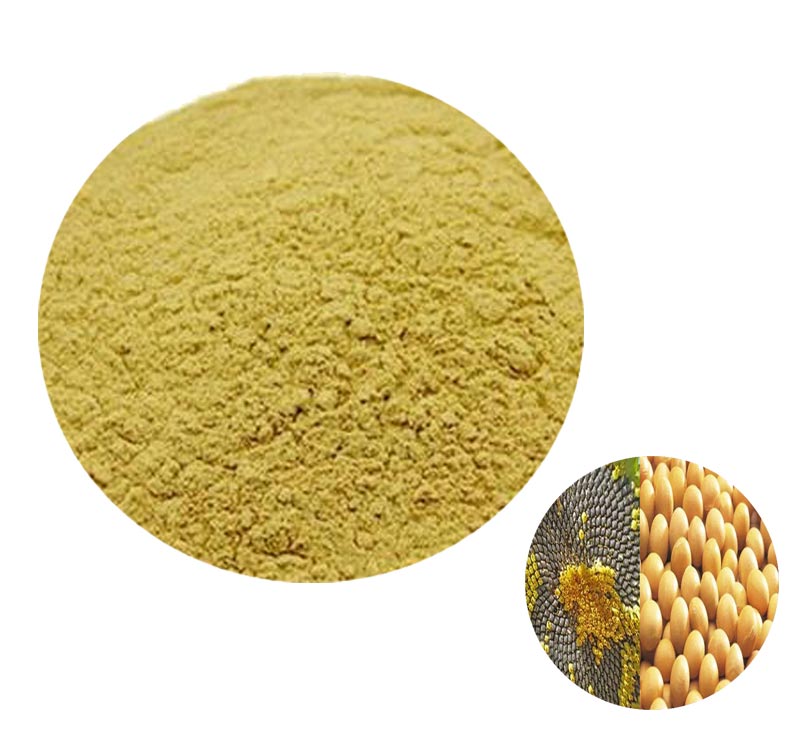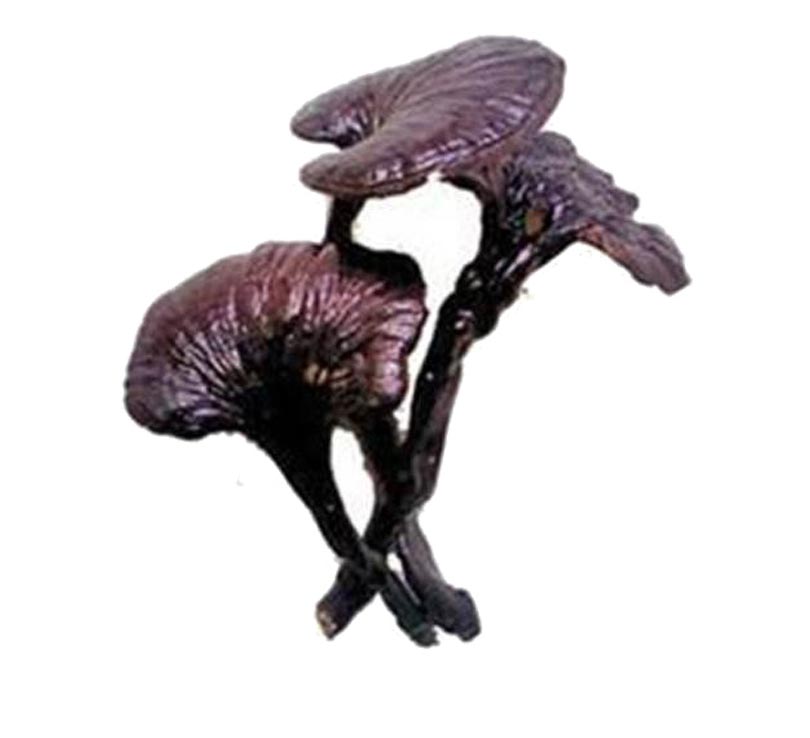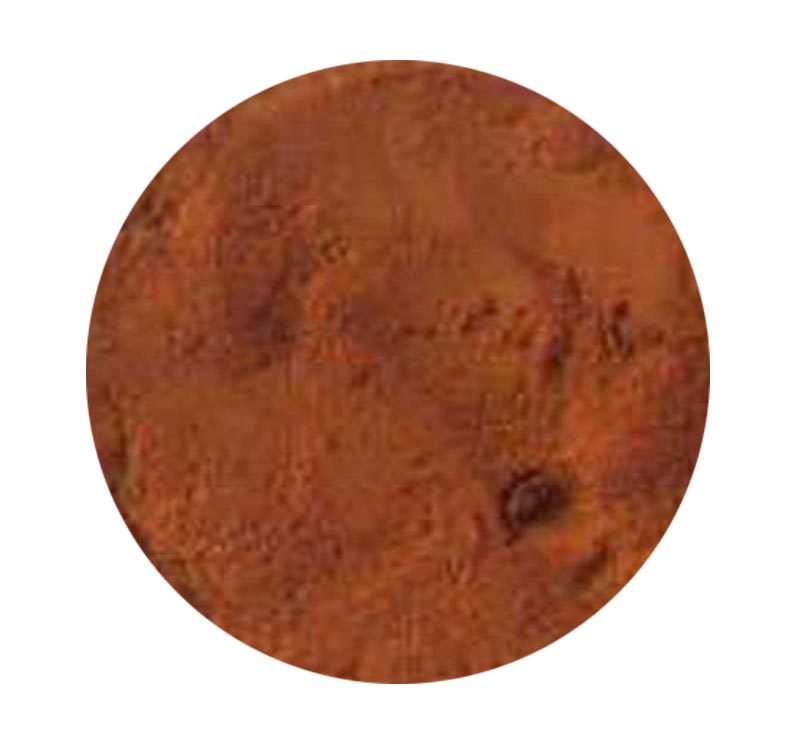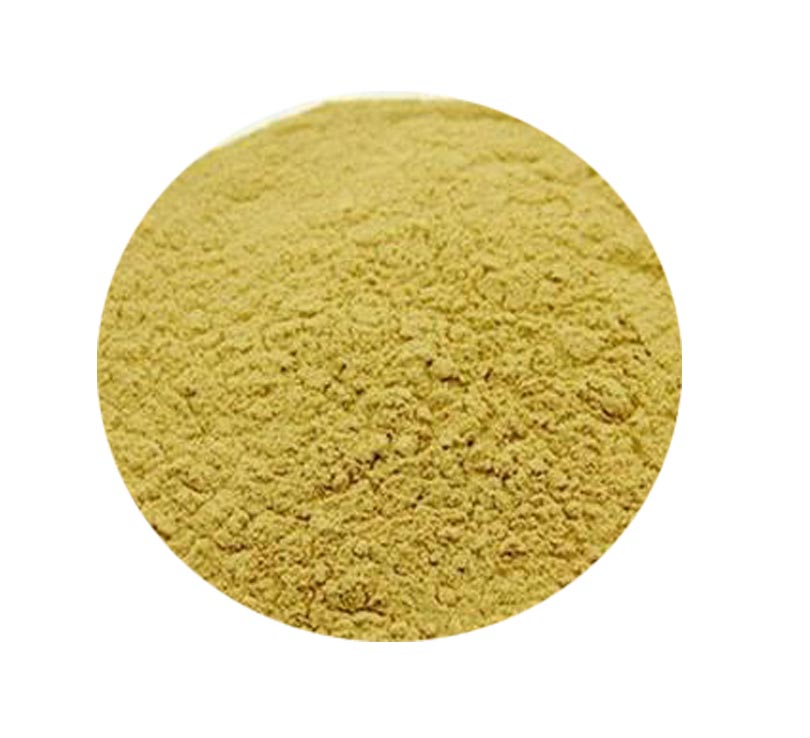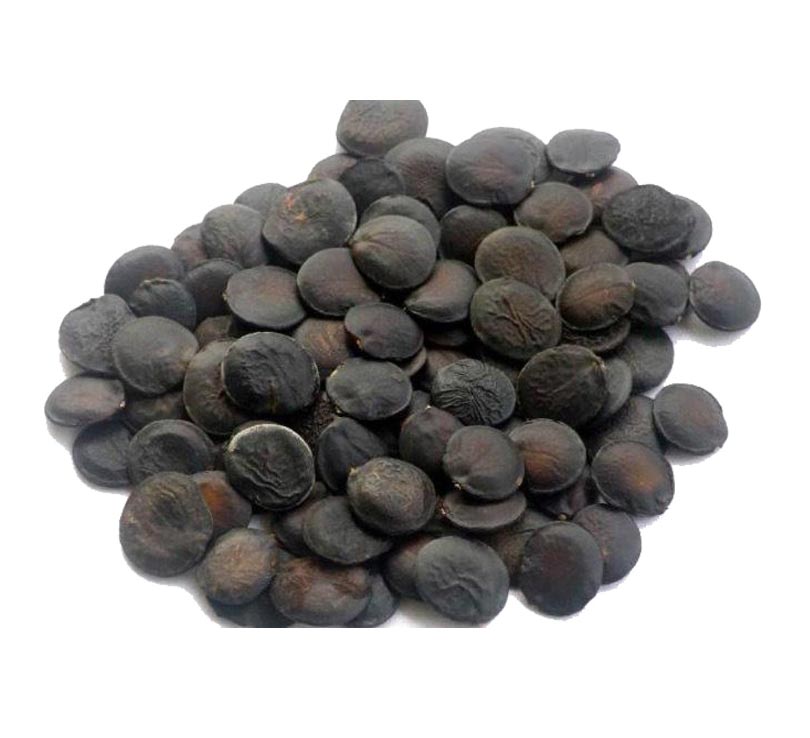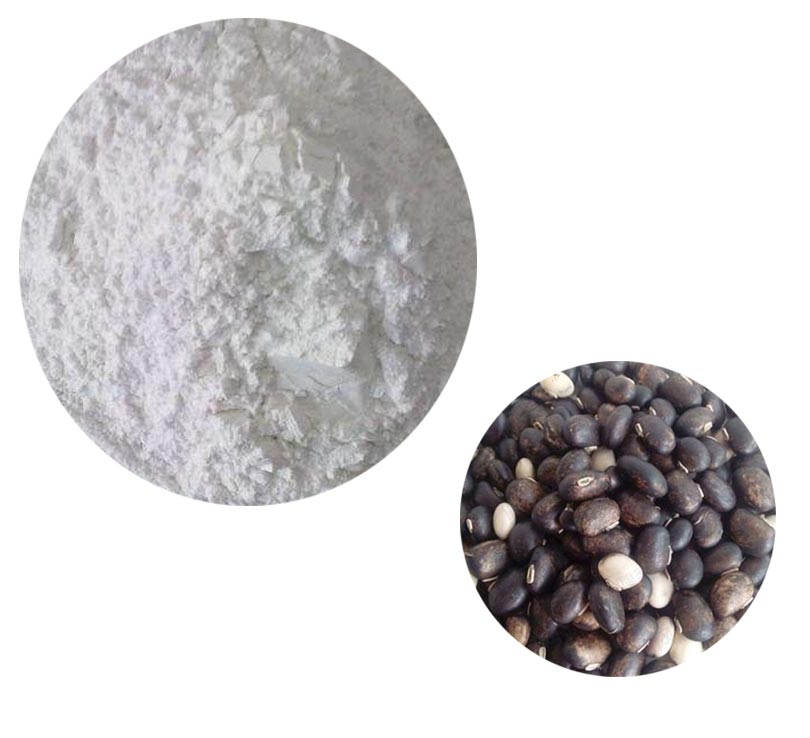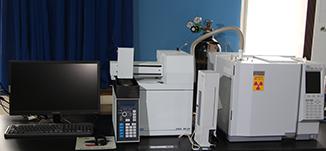Phosphatidyl Serine
Source: soybeans or sunflowers
Abbreviation: PS
CAS: 51446-62-9
Melting point: 135 ℃
Appearance: light yellow loose powder
Specifications: 20%, 50%, 70%
Overview:
Phosphatidylserine, also known as serine phospholipid, diacylglyceryl phosphoserine, or PS for short, is a category of ubiquitous phospholipids. It is usually located in the inner layer of cell membranes. Phosphoglyceride in phospholipid compounds is one of the cell membrane components and is related to a range of membrane functions. Especially in the human nervous system, it is one of the important components of the cell membrane of the brain. It also plays an important role in regulating various functions of the brain (especially the memory and emotional stability of the brain). For example, it can affect the fluidity and permeability of cell membranes and activate the metabolism and synthesis of a variety of enzymes.
PS consists of three parts: the hydrophilic glycerol skeleton as its head and the two lipophilic groups with longer hydrocarbon chains as its tail. The head consists of three groups: the serine residue is combined with the phosphate residue and is connected to the hydroxyl group of glycerol at the C-3 site; the other two hydroxyl groups of glycerol are respectively esterified with fatty acids to form the tail. The fatty acids at the C-2 site of glycerol generally have longer carbon chains and more unsaturated bonds than the fatty acids at the C-1 site. carbon chainPhosphatidylserine (PS) refers to a group of compounds, rather than a single component. Because the fatty acetyl residues of the product extracted from raw materials of different sources vary greatly. PS is amphiphilic. In other words, it is both hydrophilic and lipophilic. hydrophilic-lipophilicIts structure determines its unique properties. The negatively charged head is hydrophilic (or water-soluble) and the tail composed of fatty acids is lipophilic (or fat-soluble).
Efficacy overview:
Dosage:300-600 mg/day
Features:
Phosphatidyl serine is a highly concentrated phospholipid in the brain that optimizes the formation and function of brain cell membranes. PS is probably the most evidence-based nootropic drug in memory.
Promote the formation of healthy cerebral fluid membranes.
Optimize brain cell membrane function, including neurotransmission.
It helps brain cells regenerate, maintain and repair.
Essential for the production of myelin sheaths in brain cells.
Supports short-term and long-term memory performance.
Promote learning and recall.
Maintain clarity, mood, concentration, and focus.
May help with mild memory issues associated with aging
Phosphatidylserine is a phospholipid building block compound that is used to form cell membranes throughout the body. PS is most concentrated in the brain, accounting for 15% of total phospholipids.
In the brain, PS plays two important roles in healthy growth and function, which may have a profound impact on overall brain power:
PS helps maintain fluidity and flexibility of brain cell membranes. Healthy cell membranes can perform dynamically, directing cell-to-cell communication and more. In optimizing brain cell membranes, PS supports neurotransmissions that drive all types of thinking and memory. PS provides key phospholipid building blocks that are necessary for brain regeneration, construction, and repair, including neurogenesis, brain plasticity, and myelination.
Benefit:
Improve memory
Delay in memory loss
Improve oral expression
Reduce anxiety
Improve mood
Improved ability to cope with stress
Increase attention
The key to PS becoming the number one booster is the fundamental importance of cell membranes. By enhancing membrane function in whole brain cells, PS seems to enhance many neurotransmitters, while at the same time enhancing their synergistic effect throughout the brain. Studies have clearly shown that PS can reverse the tendency of brain weakness, especially when combined with active exercise and lifestyle habits.
Phosphatidylserine helps brain health and psychological performance
PS is a phospholipid nutrient that helps the creation, maintenance, and repair of brain cells. This is particularly important for the formation of cell membranes. Decreased phospholipids such as PS in brain cell membranes are associated with brain degeneration, including age-related cognitive decline.
When brain cells shut down, they become toxic. PS signals the degenerate brain cells to collect and process them before they become dangerous, helping to protect neighboring cells from toxic damage. It is also suggested that the use of PS may help protect the brain and body from the negative effects of stress by inactivating the release of the stress hormone cortisol. Some people have suggested using the anti-stress effect of 10 PS to help emotional and mental clarity.
A human study linked PS supplements with significant increases in brain glucose metabolism, including a 20.3% increase in the basal ganglia / thalamus and a 19.3% increase in the visual cortex.
Brain chemistry
Animal studies have shown that PS helps stimulate the production of acetylcholine neurotransmitters. PS's support for brain cell membrane function may further help brain chemicals. Healthy cell membranes contribute to healthy nerve transmission.
Packaging and shipping:
25 kg export-grade cardboard barrels as an outer package; double-layer food-grade plastic bag as inner package
25 kg/barrel
Shippedby air, by sea, and by express.
If you want to know more products of our company, please click
Send product request
Other supplier products
| Ganoderma Lucidum Extract | Source: Ganoderma lucidum Origin of raw materials: China Used part: sporocarp Appearance: dark brown powder Specification: 30% polysaccharide Over... | |
| Jujube Kernel Extract | Source: ziziphus jujuba mill. Var. Spinosa (bunge) hu ex h.f.chou Origin of raw materials: China Used part: seed Appearance: brownish red powder S... | |
| Phosphatidyl Serine | Source: soybeans or sunflowers Abbreviation: PS CAS: 51446-62-9 Melting point: 135 ℃ Appearance: light yellow loose powder Specifications: 20%, 50... | |
| Griffonia Seed Extract | Griffonia Seed Extract Source: Griffonia Seed Origin of raw materials: Ghana, Africa Used part: seeds Molecular formula: C11H12N2O3 Molecular weig... | |
| Levodopa | Levodopa BotanicalSource:Mucuna pruriens Place of origin: South of China Used part: Seeds Appearance: Off white powder Specification: Levodopa... |
Same products
| 100% Pure organic sweet almond oil manufactures for sale | Seller: Shaanxi Guanghui Chunlin Agricultural Development Co., Ltd. | Introduction of almond oil: Pure almond oil is one of nature’s best moisturizers. Our al... | |
| PRODUCTS | Seller: Chengdu Kindarco Biotech Co., Ltd | Sophora japonica flowerextract can be used to treat chronic bronchitis, which has anti-inflammato... | |
| Rutin CAS No.153-18-4 | Seller: Chengdu Kindarco Biotech Co., Ltd | Product name Rutin Trihydrate Rutin Herbal Source Sophora Japonica L. ... | |
| Phloretin CAS NO.60-82-2 | Seller: Chengdu Kindarco Biotech Co., Ltd | The phloretin definitionis that phloretin is planted phenolic of dihydrochalcone with the appeara... | |
| Naringenin CAS No.480-41-1 | Seller: Chengdu Kindarco Biotech Co., Ltd | Product name Naringenin Herbal Source Citrus Grandis CAS NO ... |










